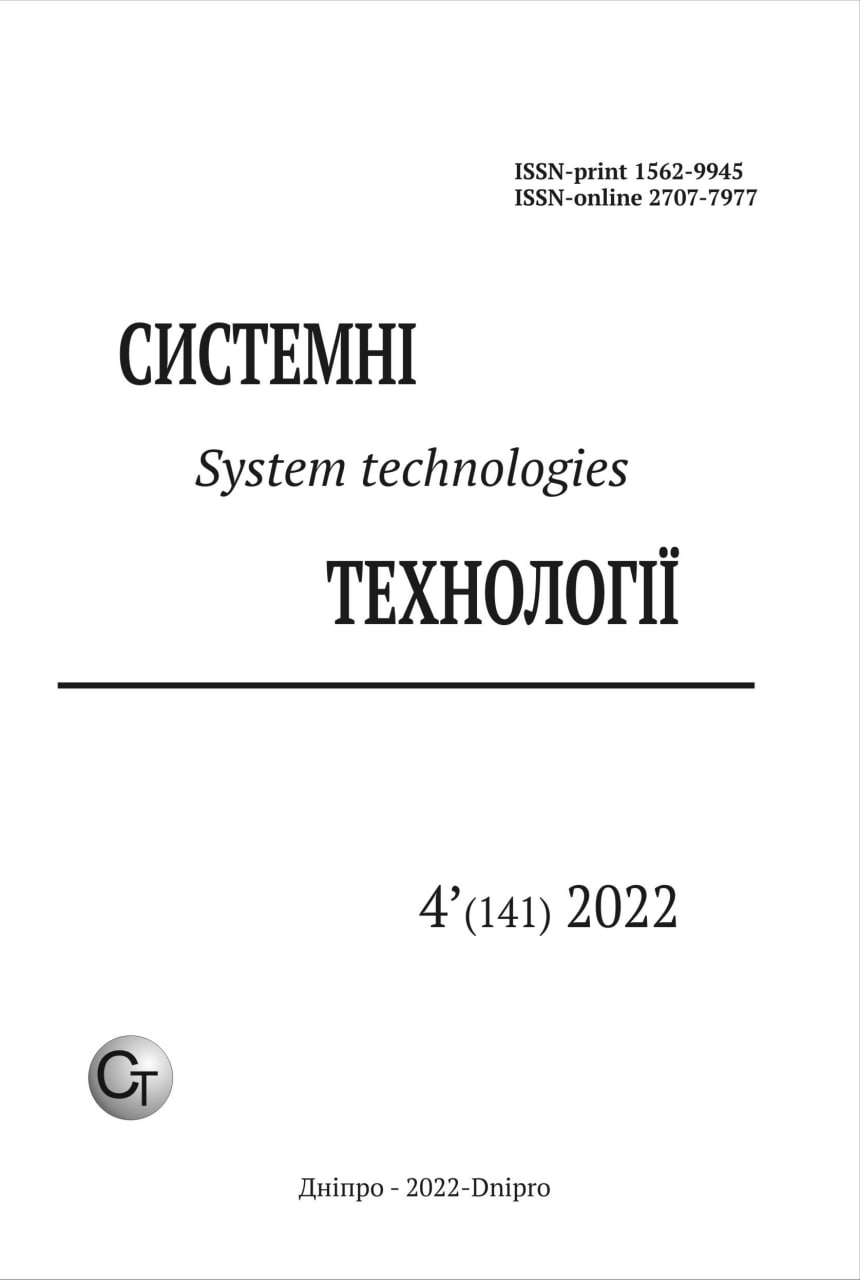Development of a dispenser toner dosing and its control algorith
DOI:
https://doi.org/10.34185/1562-9945-4-141-2022-02Keywords:
dosing device, toner, regulation, microprocessor controller, automation, software, soft-ware code algorithmAbstract
The object of the study is the toner dispenser. Due to the high demand for computer technology, there is a need for ancillary equipment that will meet the needs of today's world. Toner is a powder with a small particle size used in printing. Thanks to the mi-croparticles of this component, the printing industry has significantly improved the quality of the print. But with its dosage there are a number of problems. The general equipment for its dosing are dispensers. Dosage is a measurement of the required amount of product by weight, volume or piece. On a functional basis, toner dispensers are designed for accurate dosing from large containers to small ones. The dosing device must protect against toner dust or its emission. The measured amount of product is moved to the container or packaging material, and is called packaging. The range of required doses, compliance with the specified technological requirements during dosing, determines the use of dosing devices different in design and method of dosing. The paper analyzes and creates a working dosing device, screw type, they are used for dosing heavy products. It is difficult to ensure accurate dosing of products that are fluid and stick to-gether with little compression. The general technological parameters that must be con-trolled during the operation of the dispenser are weight, temperature and humidity. The operator who manages and monitors the technological process can change the load pro-gram, the amount of toner weight that is loaded into the container. During the opera-tion of the device, the air temperature must be monitored. After the end of the dosing cycle, the cleaning program is started by blowing the main components of the device with compressed air. The created dispenser allows to adequately describe the processes of controlled dosing movement and allows to investigate the dosing process in a contin-uous way. The algorithm is described and the structure of the automatic control system is developed, which provides the nominal load. A dispenser based on the ATmega328P microprocessor controller (IPC) based on the KEYSTUDIO UNO R3 board compatible with ARDUINO UNO REV3 is built. The ATmega16U2 microcontroller is used as a USB-UART interface, which allows to increase the data transfer rate. In this paper, thanks to a comprehensive approach to data analysis solved the problem of automating the pro-cess of dosing and analysis of methods of uniform loading.
References
Gavva O. M. Equipment for packaging products in consumer packaging /
O.M. Gavva, A. P. Bespalko, A. I. Volochko. - К.: ІАС «Рackage», 2008. - 436 с.
Emelyanov A. I. Design of automation systems for technological processes /
A.I. Emelyanov, O. V. Kapnik - M .: Energoizdat, 1983.- 400 p.
Glossary of terms for printers, MFPs and copiers [Electronic resource]. – http://itprospb.ru/2009/04/slovar-terminov-printerov-mfu-i-kopirov/.
What is a toner [Electronic resource]. –
https://itshnik.com.ua/articles/koren/Chto_takoe_toner.
Wide D.K. Calculation of parameters of industrial control systems / D.K. Wide,
O.D. Kurylenko. - K.: Tekhnika, 1972. - 232 p.
Perov V.L. Fundamentals of the theory of automatic control of chemical-technological processes / V.L. Perov. - M.: Chemistry, 1970. - 352 p.
Popovich M. G. Theory of automatic control / M. G. Popovich, O. V. Kovalchuk - 2nd ed., Reworked. and ext. - К .: Swan, 2007. - 656 с.
Medvedev R. B. Educational system for building control strategies based on microprocessor technology / R. B. Medvedev, S. G. Bondarenko, O. V. Sanginova // Bulletin of NTU "KPI" Chemical Engineering, Ecology and Resource Conservation. - 2008.– №2 (2) .– P. 31-36.
Station Experion TM Process Knowledge System: Operations Manual - Honeywell Experion PKS. - Fort Washington, PA, 2005 - 25 p.
Building control algorithms: User Guide - Honeywell Experion PKS. – Fort Washington, PA, 2006 - 818 pp.
A Guide for Printers / Alberta, Occupational Health and Safety Practices [Electronic resource]. – http://work.alberta.ca/documents/OHS-Practices-a-guide-for-printers.pdf.
Cartridge printing theory / Uninet, 2010 [Electronic resource]. – http://www.arbikas.com/view/storage/articles/Cartridge_Print_Theory_eng.pdf.
Вabichenko A.K.. Industrial automation tools. Part I, II. / A. K. Babichenko, V. I. Tushinsky, V. S. Mikhailov, M. O. Podustov, O. V. Pugachevsky. - Kh: NTU "KhPI", 2001 - 470 p.
Industry-wide guidance materials on the creation and application of automated control systems in industries / ORM-3 ASKTP.
Dudnikov E. G. Automatic control in the chemical industry / E. G. Dudnikov et al. - M .: Chemistry, 1987, - 368 p.
Balakirev V. S. Technical means of automation of chemical production: a Handbook / V. S. Balakirev et al.-M.: Chemistry, 1991.-271p.
Smilyansky G. L. Handbook of the designer of automated control systems for technological processes / G. L. Smilyansky and others - K .: Technique 1983. - 528 p.
Lesson 16. Improving the reliability of programs for Arduino. [Electronic resource]. – http://mypractic.ru/urok-16-povyshenie-nadezhnosti-programm-dlya-arduino-storozhevoj-tajmer.html
Lesson 14. EEPROM in Arduino. Data integrity control. [Electronic resource]. – http://mypractic.ru/urok-14-eeprom-v-arduino-kontrol-celostnosti-dannyx.html
Perekrestny Yu. S., Fursa O. O. Development of software code for SCADA communication of SIMP LIGHT system via MODBUS for control of dosing device operation // Innovations and prospects of world science Proceedings of V International Scientific and Practical Conference Vancouver, Canada , 2021,
pp.310-318.
Perekrestny Yu. S., Fursa O. O. Peculiarities of the toner dosing process with the help of modeling software // Topical issues of modern science, society and education Proceedings of the VI International Scientific and Practical Conference, Kh., 2021, p. 450 -453.
















